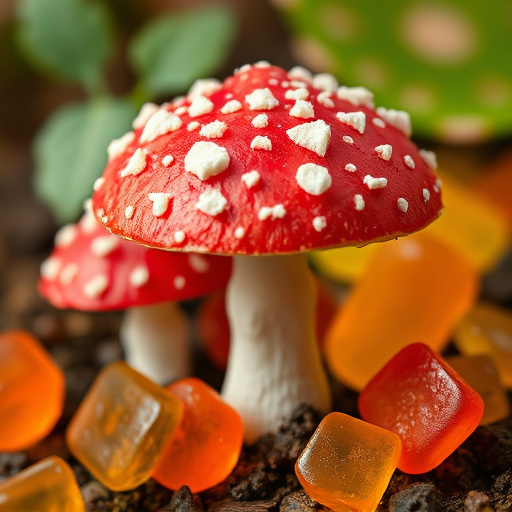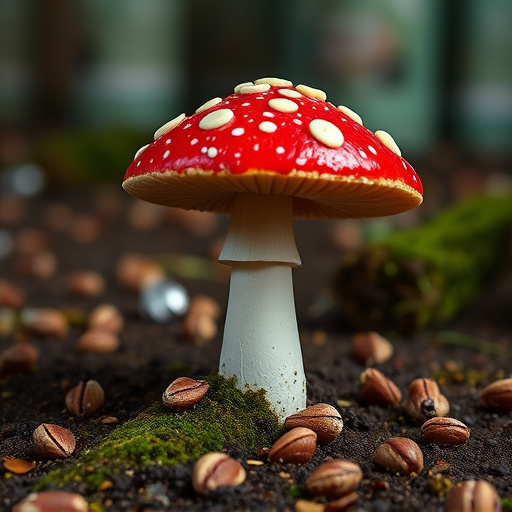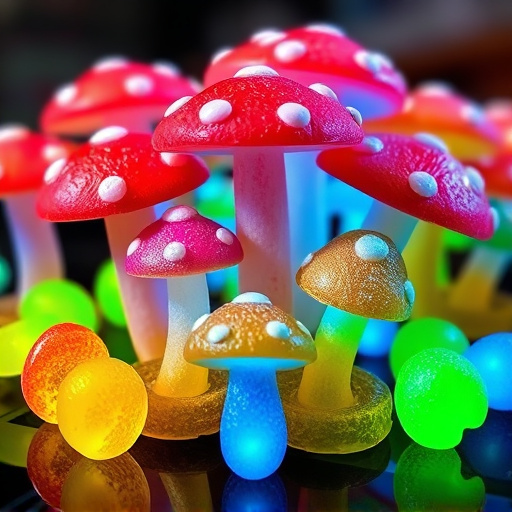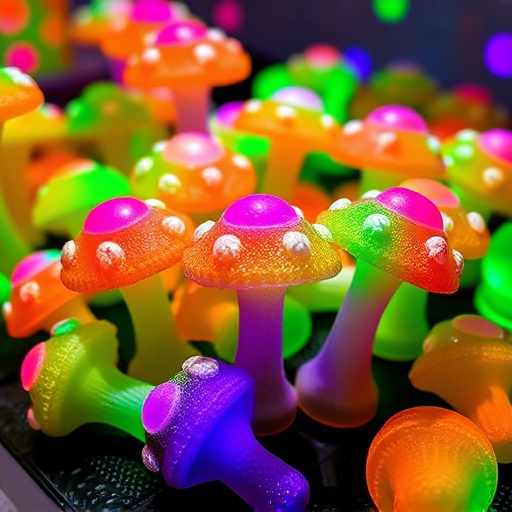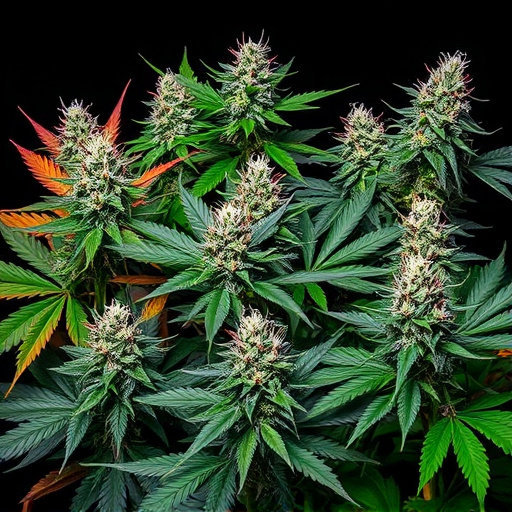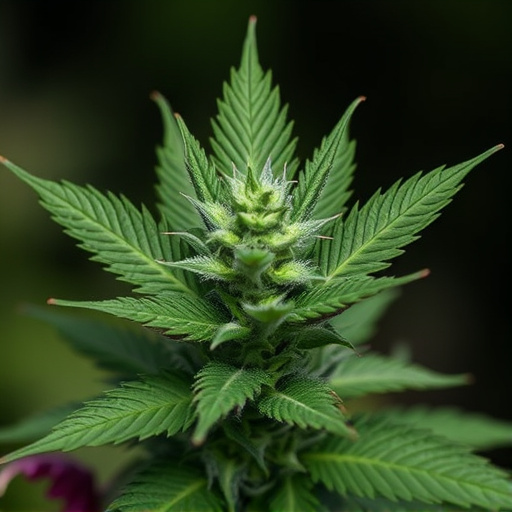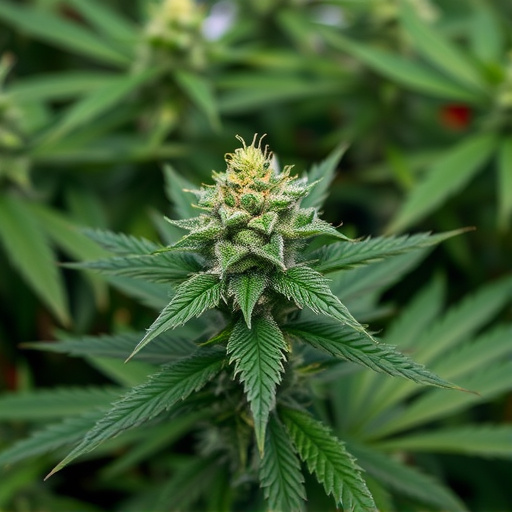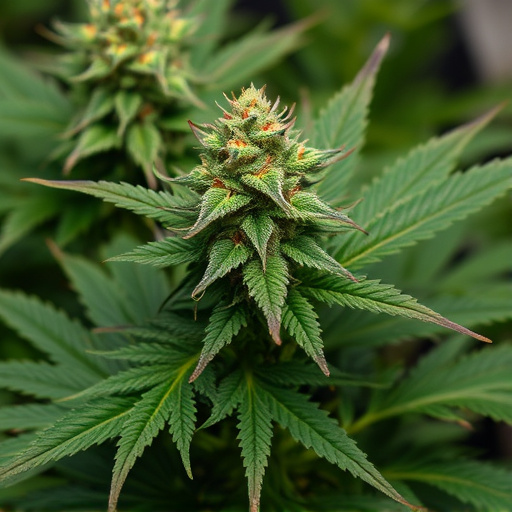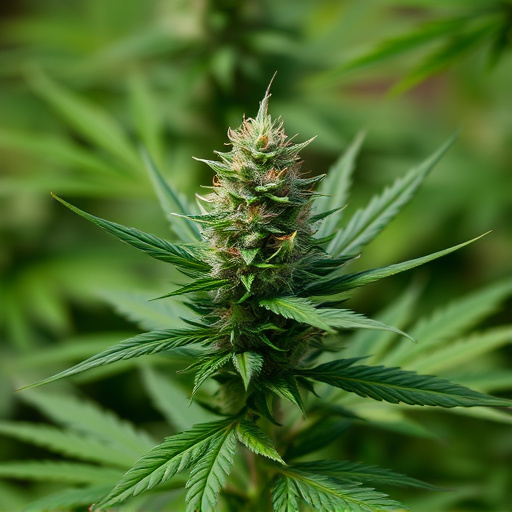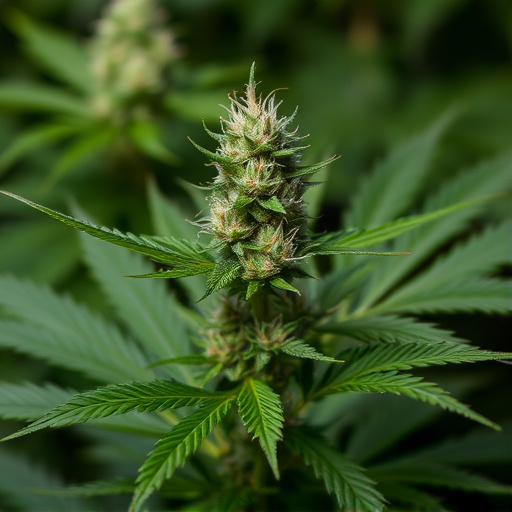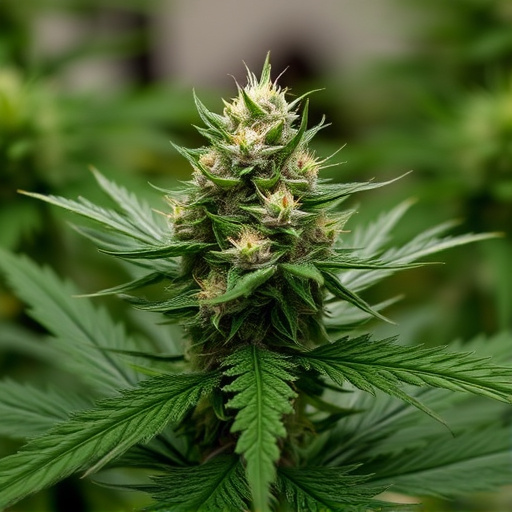Trichomes, microscopic glands on cannabis flowers, produce essential compounds like THC, CBD, terpenes, and flavonoids that determine the plant's unique aroma, flavor, and therapeutic potential. Trichome density indicates a strain's potency, with resinous trichomes hinting at higher terpene levels and glandular trichomes signaling rich cannabinoid content. Understanding trichomes helps consumers choose strains aligned with desired effects, whether relaxation or energy, making it key to navigating cannabis strains and their effects.
“Unveiling the secrets within: Understanding Trichomes in Cannabis Flower. Trichomes, tiny hair-like structures, play a pivotal role in shaping the unique characteristics of cannabis strains. These microscopic gems produce a range of compounds that contribute to the plant’s diverse effects on users. In this article, we embark on a journey to explore what trichomes are, their significance in cannabis flower, and how they influence the very nature of different cannabis strains and their effects.”
- What are Trichomes?
- The Role of Trichomes in Cannabis Flower and Its Effects on Strains
- How to Identify Different Types of Trichomes and Their Corresponding Strain Characteristics
What are Trichomes?
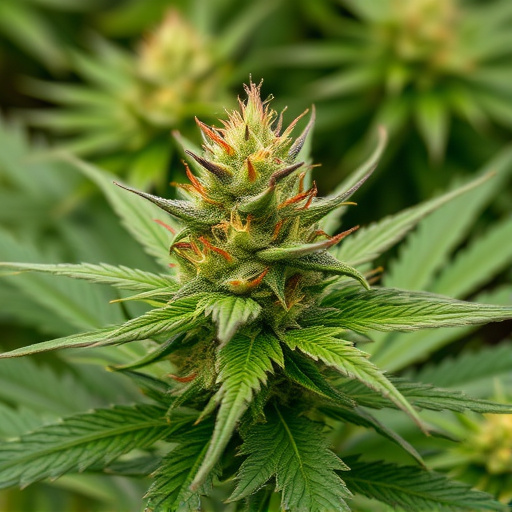
Trichomes, small glandular structures found on the surface of cannabis flowers and leaves, are essential elements contributing to the plant’s unique properties and the diverse effects of different cannabis strains. These microscopic outgrowths resemble tiny hairs or glands, often appearing as a sticky resin when mature. Trichomes produce a wide range of chemical compounds, including cannabinoids like THC (tetrahydrocannabinol) and CBD (cannabidiol), terpenes, and flavonoids, which give cannabis its distinct aroma, flavor, and therapeutic potential.
The presence and density of trichomes play a crucial role in determining the potency and effects of cannabis strains. More abundant trichomes often indicate higher concentrations of valuable compounds, resulting in more potent effects. They are not only visually striking but also serve as a defense mechanism for the plant, protecting it from pests and environmental stressors. Understanding trichomes offers cannabis enthusiasts and medical users insight into the chemistry behind different strains and their corresponding effects on the body and mind.
The Role of Trichomes in Cannabis Flower and Its Effects on Strains
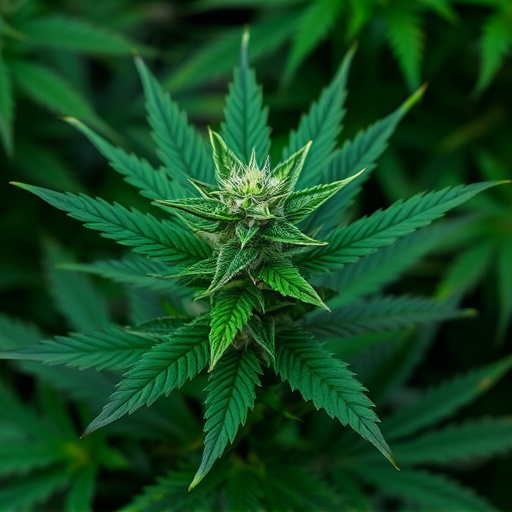
Trichomes play a pivotal role in cannabis flowers, acting as tiny glands that produce and secrete various compounds responsible for the plant’s unique characteristics and effects on different cannabis strains. These minuscule structures, often appearing as tiny hairs or crystals, are rich in terpenes, cannabinoids, and other chemical compounds. The interplay between these substances creates the diverse range of experiences associated with cannabis, from uplifting and energetic to calming and relaxing.
Each cannabis strain owes its distinct effects, or “high,” to the specific combination and concentrations of trichome-derived compounds. For instance, strains with higher levels of THCA (tetrahydrocannabinolic acid), a precursor to THC, tend to produce more potent psychoactive effects. Conversely, CBD-rich strains, characterized by elevated cannabidiol levels and lower THC, are known for their therapeutic benefits without the mental euphoria. Understanding trichomes and their impact on cannabis strains is essential for consumers looking to tailor their experience based on desired effects.
How to Identify Different Types of Trichomes and Their Corresponding Strain Characteristics
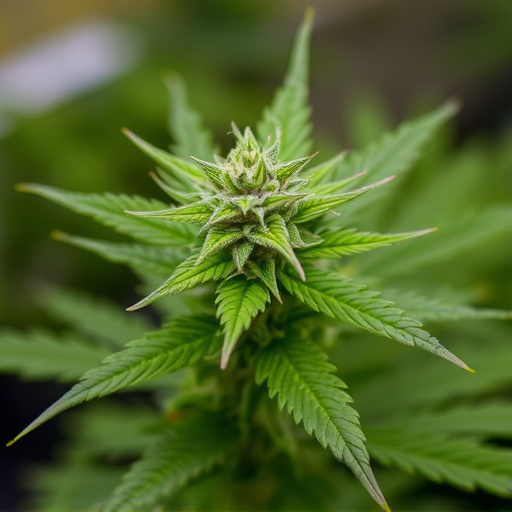
To identify different types of trichomes in cannabis flowers, observe their appearance under a magnifying glass or microscope. Trichomes vary based on shape and size, with resinous trichomes appearing as tiny, hairy structures while glandular trichomes look more like little bulbs. Resinous trichomes often indicate higher levels of terpenes and may contribute to specific cannabis strains’ aromas and effects, such as uplifting or sedative qualities. Glandular trichomes, rich in cannabinoids like THC and CBD, play a significant role in the plant’s medicinal properties and can be an indicator of potent strains with intense effects.
Each strain of cannabis has unique characteristics that stem from its trichome composition. Strains known for their relaxing and calming effects tend to have more glandular trichomes, leading to higher CBD content. Conversely, strains prized for their invigorating and energizing properties often boast abundant resinous trichomes with concentrated terpenes. By understanding the visual cues of different trichome types, cultivators can better manage their harvests and consumers can anticipate the desired effects based on their preferred cannabis strains.
Trichomes play a pivotal role in shaping the unique characteristics and effects of different cannabis strains. By understanding their structure, function, and diversity, cultivators can better navigate the complex world of cannabis cultivation and consumers can appreciate the nuances of various strains. This knowledge allows for informed choices, ensuring that one can select the optimal cannabis strain to suit individual preferences and desired effects.

